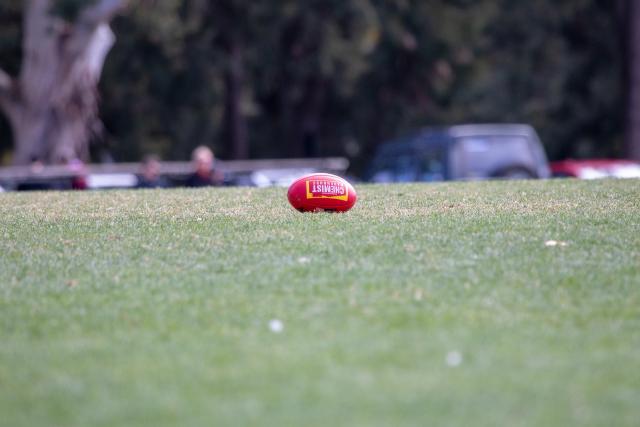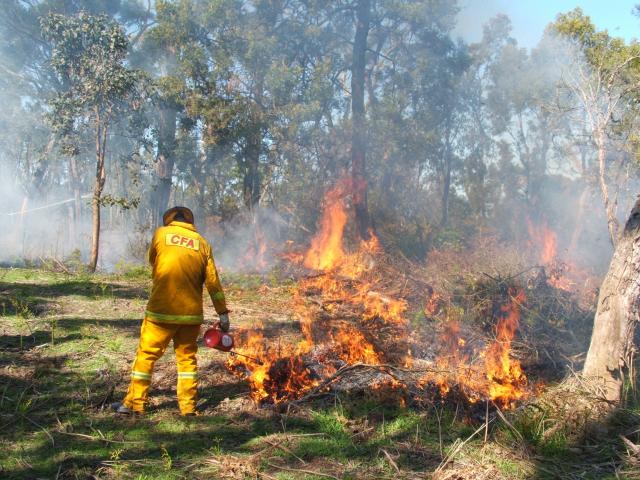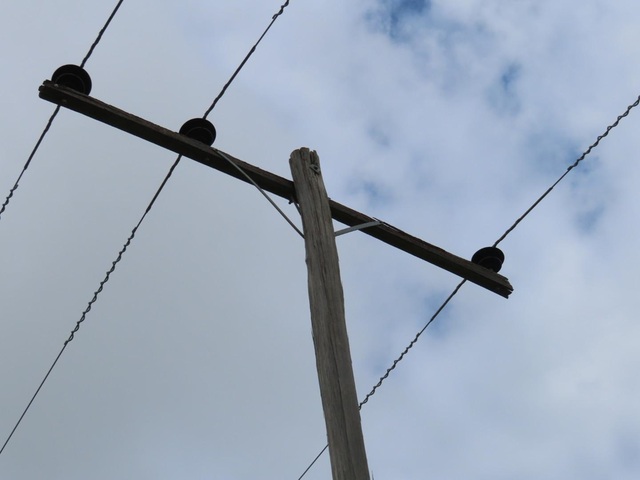A study on AFL draftees has shown changes to their hips early in their careers.
Researchers from La Trobe University studied 58 pain-free male AFL draftees, finding that that nearly half showed hip joint changes on Magnetic Resonance Imaging (MRI) and 20 per cent had a particular hip bone shape called cam morphology.
La Trobe hip and knee research fellow Dr Joshua Heerey said while it was known that elite athletes were at greater risk of hip osteoarthritis than non-athletes, it was not yet known when the condition first developed.
Dr Heerey said that this was the first study that used MRI to examine hip joint changes in elite AFL draftees.
The MRI changes did not cause pain or affect the performance of the draftees, but could hold the key to understanding why elite athletes are more likely to develop hip osteoarthritis.
“This is an important discovery because it was once thought that MRI hip joint changes did not start until well after AFL players had finished their playing careers,” Dr Heerey said.
“We found these MRI hip joint changes were quite common in elite male AFL draftees, but not necessarily causing them pain or affecting their performance. This highlights the complex relationship between MRI findings and pain in athletes. While these initial studies are a breakthrough in discovering when hip joint changes first occur, further long-term studies are needed to examine the importance of these changes in hip osteoarthritis development in male AFL players.”
La Trobe principal research fellow and Richmond Tigers AFL head physiotherapist Dr Anthony Schache said the results of the study provided sports medicine practitioners working in the AFL industry with an increased understanding of the hip joint changes typically found in young players.







